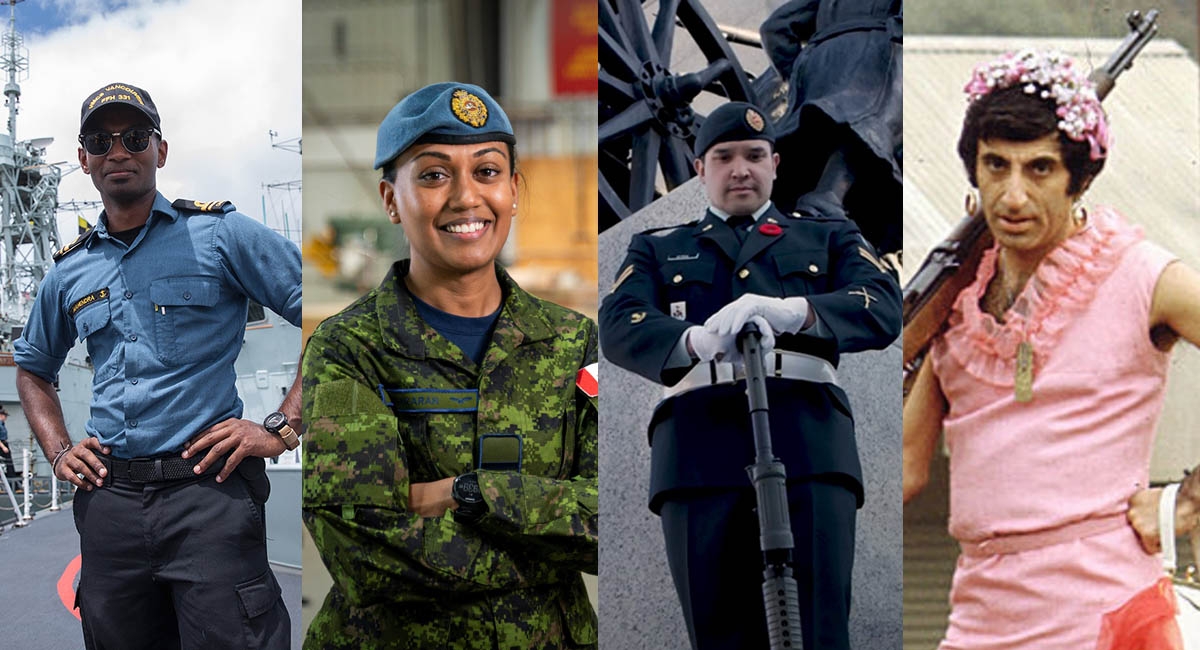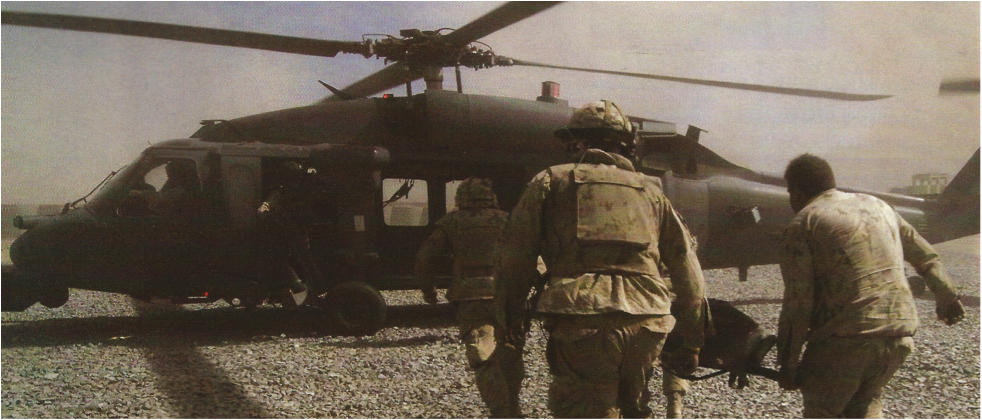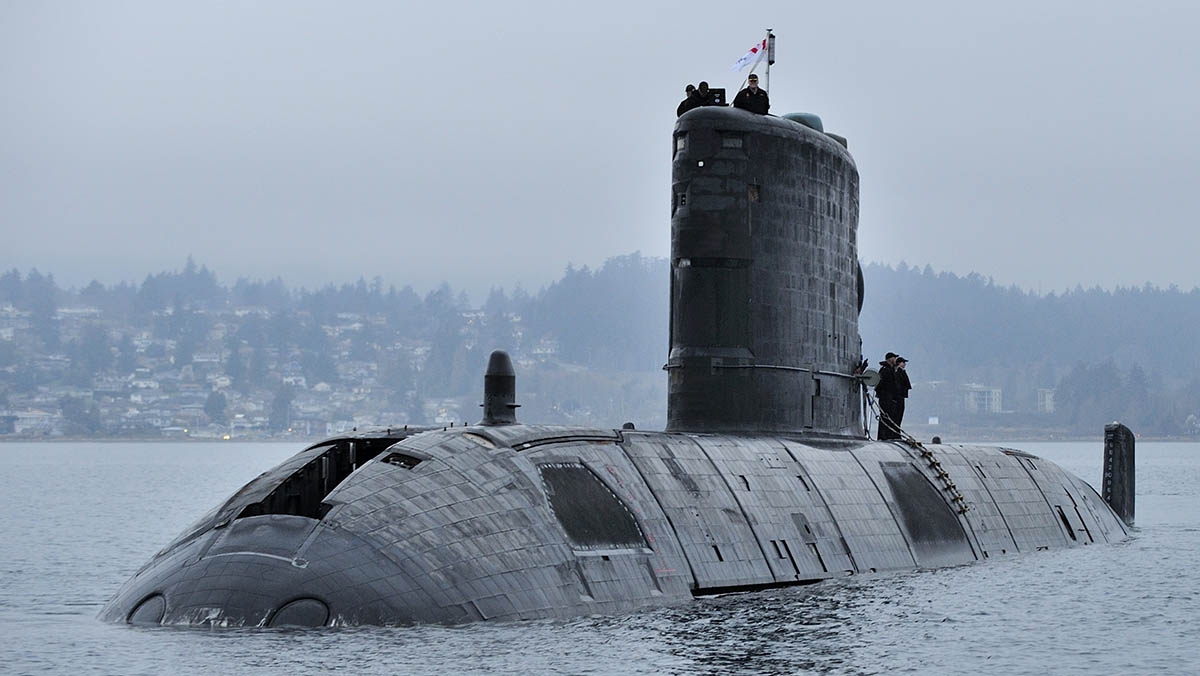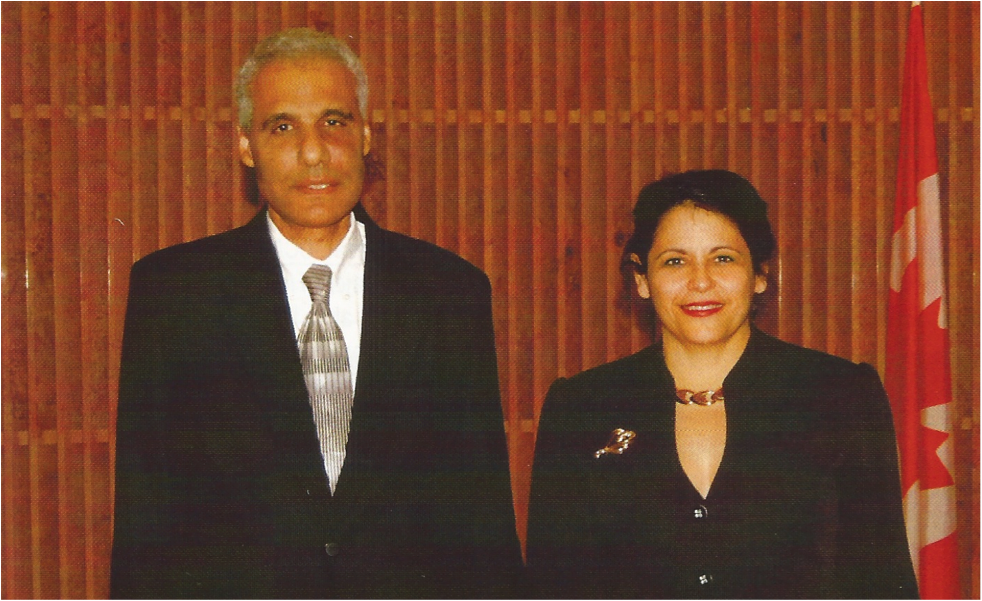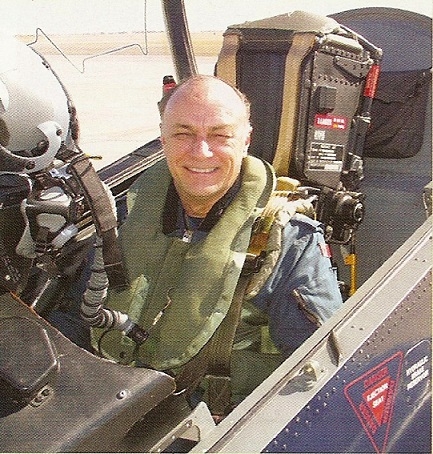
Part 3: Ottawa Life’s exclusive interview with Gen. Ray Henault
Above: General Ray Henault in the cockpit, April 2004
In this three-part series on the state of Canada's military preparedness, Ottawa Life's top writers examine Canada's peacekeeping deployments around the world, capacity and equipment challenges, and pressing infrastructure replacement needs.
Here is Part 3 of an interview with Gen. Ray Henault, chief of the defence staff, Department of National Defence and Canadian Forces. Ottawa Life Magazine publisher Dan Donovan met with Gen. Henault at DND headquarters on August 26.
Dan Donovan: No doubts about going down and staying in one for a long time?
Gen Ray Henault: I have no concerns about the safety, security and the operational procedures that are used by their crews. They are top-notch professionals. Quite frankly, the price at which we got these submarines, the fact that we've Canadianized them and are now able to satisfy a two-coast requirement at the cost that we have — significantly lower than other navies have had to pay for a similar capability. These subs will not only increase our subsurface capability from a protection of Canada point of view, but they also provide us with an ability to interoperate with other navies in a way that is really quite beneficial. Very few navies now operate the diesel submarine, although it is the quietest submarine under the water. We're able to assist, for example, our American counterparts in doing subsurface training with these subs. They are in high demand for that type of thing. And the submarines provide us with an information, surveillance and intelligence-gathering capability that will be beneficial to other government departments, as well as to DND.
DD: So no doubts, no regrets?
RH: None whatsoever. I'm firmly committed, and I'm an Air Force guy! (laughs)
DD: The Navy guys will be listening for that. (laughs) What does the new 3D policy mean for the Canadian Forces?
RH: I'm a firm believer in the 3D policy — Defense, Development, Diplomacy and Trade, which was an addition to that. What it means for us is interoperating that much more closely with other government departments. As we go into operational missions around the world, it is important for us to have a Government of Canada objective in what we're trying to achieve. So when we go on these missions, we don't go on them just to satisfy a military requirement, but to also fulfill Government of Canada objectives, which lead to reconstruction and stabilization of the country.
DND has done some reconstruction projects with the assistance of CIDA [Canadian International Development Agency]. Before this rebuilding was done in an ad-hoc fashion, but now we're seeing it done as a comprehensive whole when we deploy on these missions, and it's paying off in spades, in my view. The first time we really looked at the 3D policy as a way of doing business in an international operation was when we
deployed to Afghanistan — not in the Kandahar mission, the combat phase, which was shortly after the attacks on New York and Washington. Once we went into Kabul for the ISAF (International Security Assistance Force) mission, the 3D philosophy was applied fully The strategy developed by the Government of Canada took into account the 3D philosophy long before we deployed. The timelines were about six months or so, as I recall. As a result, we had an embassy established in Kabul, with an ambassador, before we had the contingent deployed. We had about $300 million of CIDA money already allocated in a significant way for Afghanistan. From my perspective, this approach is the wave of the future for operations. In this new security environment, this is the way to do business outside the country. Our recent stabilization effort in Haiti also had a CIDA component to it for redevelopment and reconstruction. The Solicitor General was also involved, as the RCMP were brought in. So we also did the Haiti mission with a 3D focus.
(This integrated 3D approach with other government departments and agencies as troops are deployed) has allowed us to capitalize on this interrelationship from an international perspective and translate it to domestic security. Our interaction with other government departments is much broader than it used to be, especially with the introduction of the National Security Policy Our domestic role has become that much more prominent in the context of maritime security— the surveillance of our air and naval approaches.
What this means is that we have to rebalance what we're doing. Our fighter community's objective nowadays is to focus on external and internal threats. Most of our external threat is based on drug-running activity and illegal immigration. The threat to our territory (from invaders) is very small, from that perspective. Internally, we now have the terrorist threat we have to deal with. So that has changed the whole focus of how we do business from an airspace point of view. We now have to rebalance how we distribute our assets and monitor our airspace, the distribution of scarce resources across the country, the intelligence-queuing that we need to ensure we have the right information to guard against a terrorist act. So it's really a transformation that we're going through. That's all part of what I've been professing all along is this need to transform the Canadian Forces. That really means changing the way that we're doing business. •

